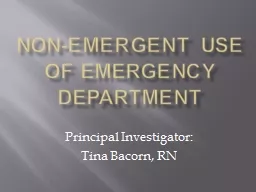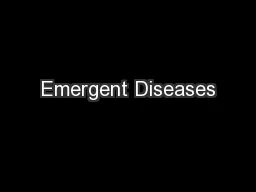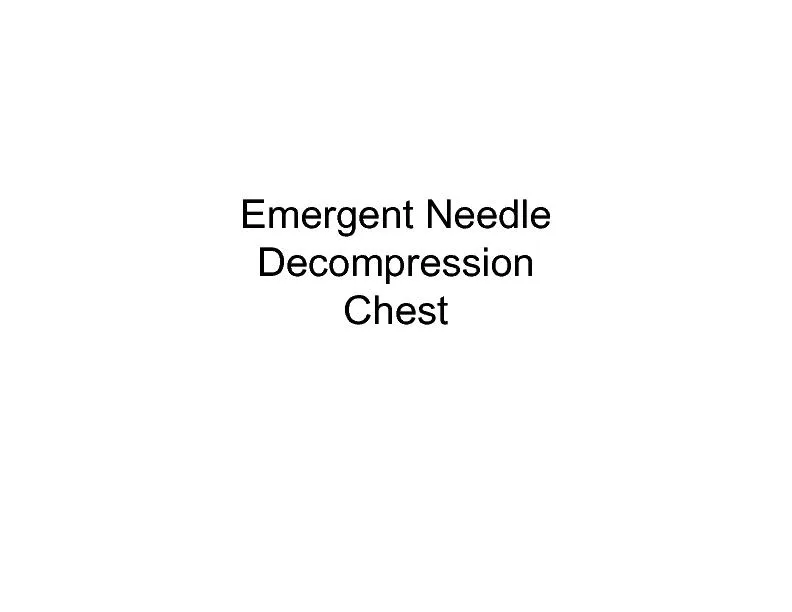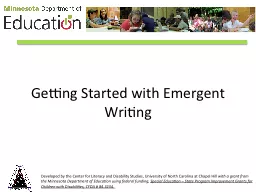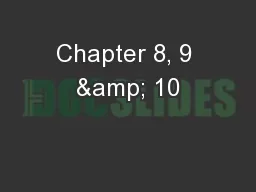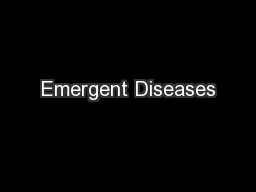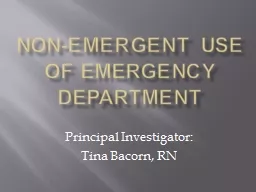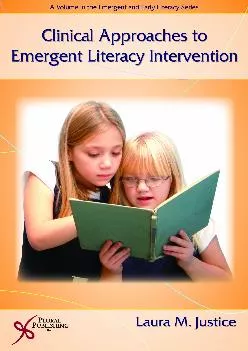PPT-Non-Emergent use of emergency department
Author : debby-jeon | Published Date : 2016-04-04
Principal Investigator Tina Bacorn RN Overcrowding in Emergency Departments Admission to ED numbers have been increasing Implementation of the Affordable Care Act
Presentation Embed Code
Download Presentation
Download Presentation The PPT/PDF document "Non-Emergent use of emergency department" is the property of its rightful owner. Permission is granted to download and print the materials on this website for personal, non-commercial use only, and to display it on your personal computer provided you do not modify the materials and that you retain all copyright notices contained in the materials. By downloading content from our website, you accept the terms of this agreement.
Non-Emergent use of emergency department: Transcript
Download Rules Of Document
"Non-Emergent use of emergency department"The content belongs to its owner. You may download and print it for personal use, without modification, and keep all copyright notices. By downloading, you agree to these terms.
Related Documents

